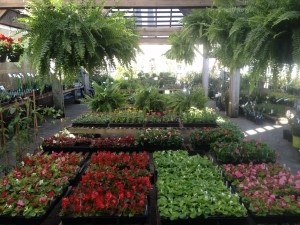Fall Planting Tips To Create A Great Spring Garden:
-
Amend your soil. You might think since you followed our advice and added soil conditioner, PlantTone, or compost to your beds last spring you’re done. Not so fast! High temperatures break down soil amendments quickly, and plants take up nutrients. Continue adding to your soil every season. Healthy, loose soils create healthy plants. (Instead of putting fallen leaves to the curb, start a compost pile with them, or run over them with your lawn mower and throw them in your beds. They’ll decompose and add to your soil’s structure and health.)
- After you get your plants home, be sure to keep them watered, especially if you can’t plant them right away. We water small transplants in 4″ pots and cell packs at least once a day, especially if it’s hot and sunny. Of course, less water is required in cloudy, cool conditions. Right before you plant them, be sure they’re moist.

- Early in the season while the soil is still warm, you can still plant with Osmocote. However, later in the winter months, use Calcium Nitrate to feed your plants, especially if the foliage of your pansies turns a reddish color. Remember, you’re planting for spring color, though on warm days through the winter you should also have some blooms.
- Water your bed thoroughly after planting, and keep it watered while your transplants are getting their feet settled in their new home. Take care not to overwater, though, especially as the temperatures cool down going into the winter months.
- Mulch your beds with shredded mulch or pine straw to keep soil temperature around the roots as warm as possible.
- Deadhead your pansies and violas! I can’t stress enough how important this is. A pansy that you leave a dead bloom on will form a seed there, instead of putting that energy into more flowers. Make a practice to walk through your garden at least once a week, taking a good look at your plants and deadheading faded blooms. If you’ve missed some, you’ll see the seed pod beginning to form. Pinch any and all off! This will go a long way toward keeping your pansies happy!
Have you seen any of the videos we’ve been posting on our FB and Instagram? If you follow us, maybe you have! If you’re not on social media though, you can also find us on our YouTube Channel. Yes, we have a YouTube channel! Just search for Oak Street Garden Shop, and subscribe if you’d like to see more!
By Kris Blevons
– Posted using BlogPress from my iPhone

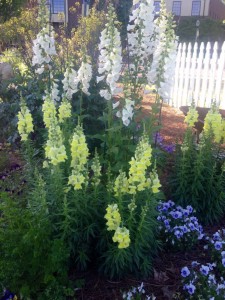

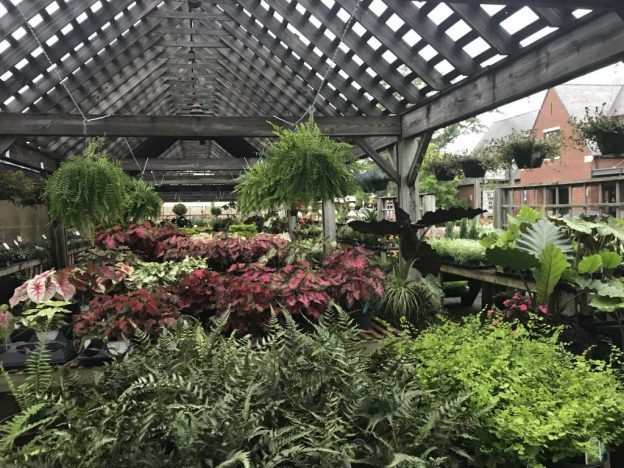
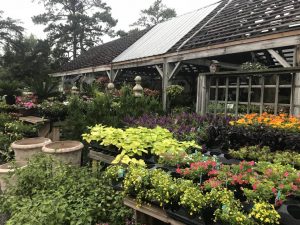

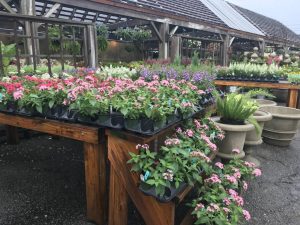
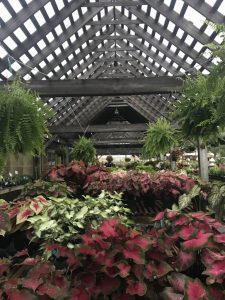
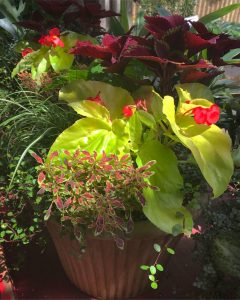


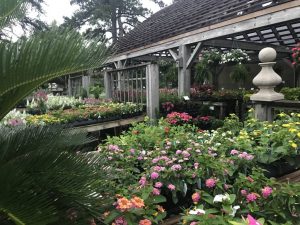
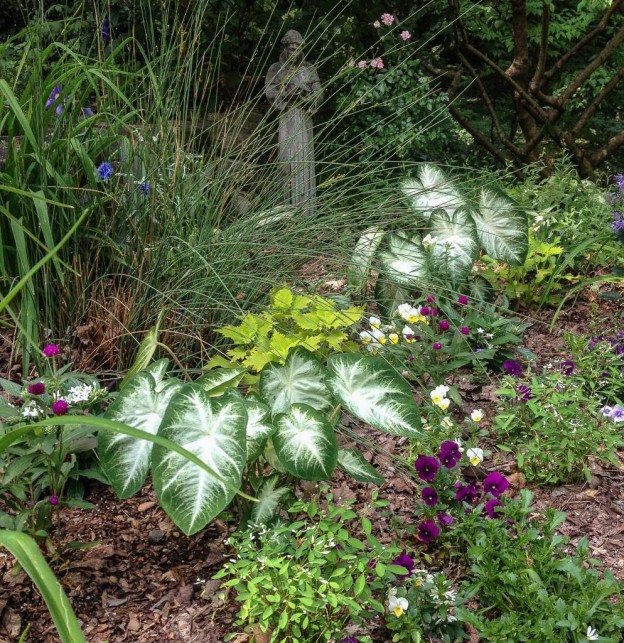
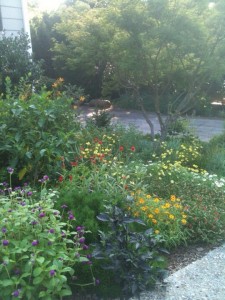 I read a piece that Tony Avent of Plant Delights Nursery wrote a few years ago about some people being “controlling” gardeners while others are “gambling” gardeners. I really thought it was spot on, and I can say I’ve worked with both types.
I read a piece that Tony Avent of Plant Delights Nursery wrote a few years ago about some people being “controlling” gardeners while others are “gambling” gardeners. I really thought it was spot on, and I can say I’ve worked with both types.
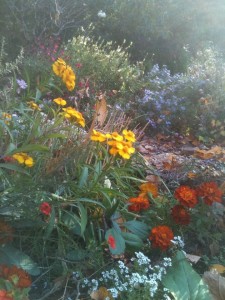 With the beginning of a new planting season, my personal outlook is going to be that of looking on my gardening efforts as a joy and an opportunity to not only beautify my landscape and surroundings but to nourish my soul as well; and, if there are failures, that will be part and parcel of the process. Some of my best plant combinations have been happy accidents!
With the beginning of a new planting season, my personal outlook is going to be that of looking on my gardening efforts as a joy and an opportunity to not only beautify my landscape and surroundings but to nourish my soul as well; and, if there are failures, that will be part and parcel of the process. Some of my best plant combinations have been happy accidents!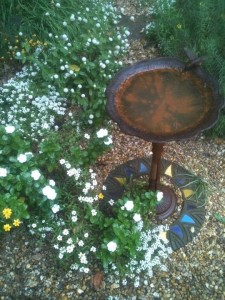 The pictures here are of my garden – plants are allowed to self seed, failures are yanked out, and plants that strike my fancy are tucked in here and there where I think they might look good. It wouldn’t make anyone’s list of a perfectly designed space, but it’s mine and that’s how you should treat yours too.
The pictures here are of my garden – plants are allowed to self seed, failures are yanked out, and plants that strike my fancy are tucked in here and there where I think they might look good. It wouldn’t make anyone’s list of a perfectly designed space, but it’s mine and that’s how you should treat yours too.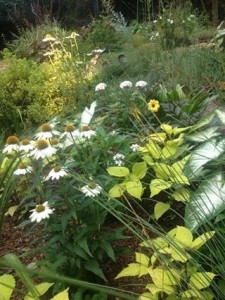 My ultimate hope is that many of you adopt the gambler attitude. It doesn’t have to be the high roller, high stakes approach, but try to roll with the plant punches, knowing they’ll come, and treat your gardening efforts as what they should be – a relaxing, and therapeutic addition to your daily schedule rather than a chore that’s only done on the weekends.
My ultimate hope is that many of you adopt the gambler attitude. It doesn’t have to be the high roller, high stakes approach, but try to roll with the plant punches, knowing they’ll come, and treat your gardening efforts as what they should be – a relaxing, and therapeutic addition to your daily schedule rather than a chore that’s only done on the weekends.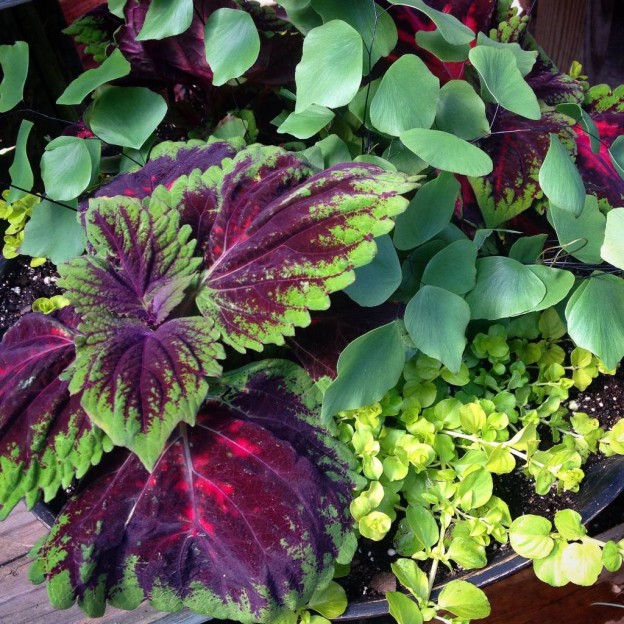
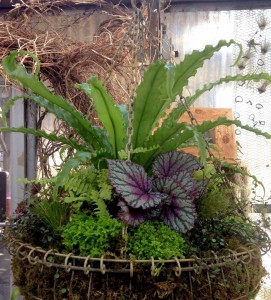
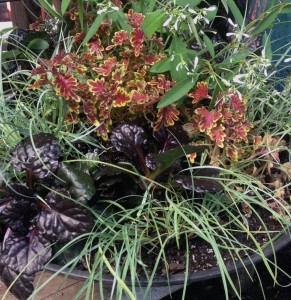
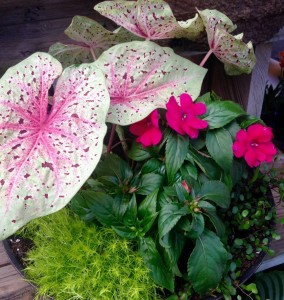
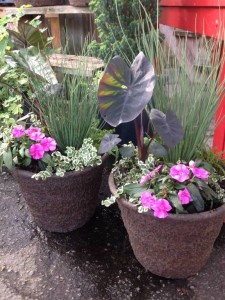
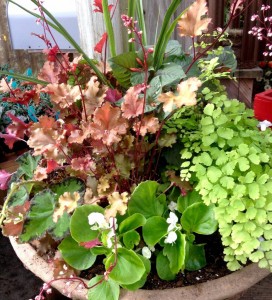

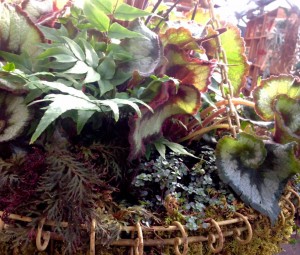
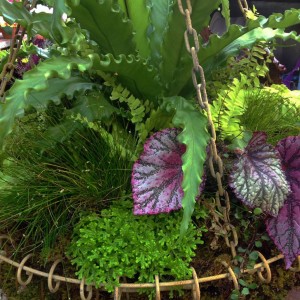
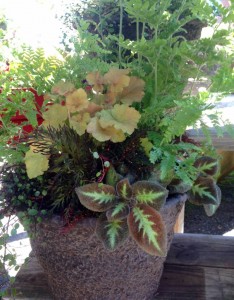
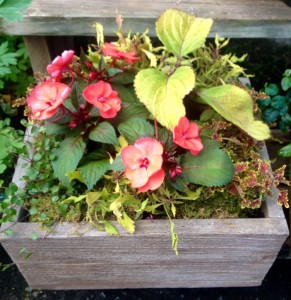
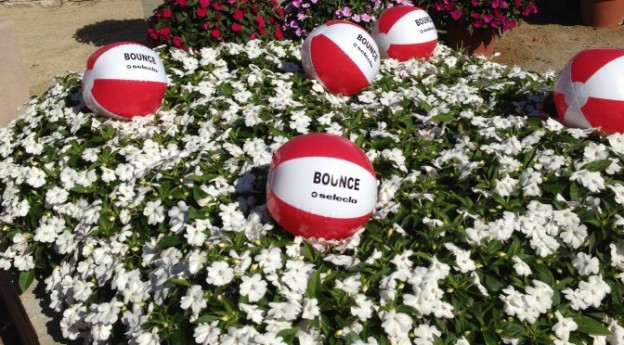
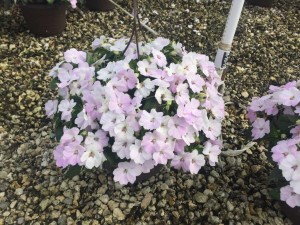
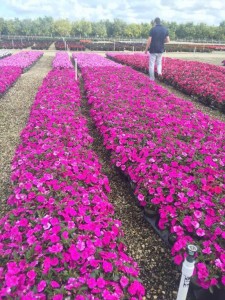
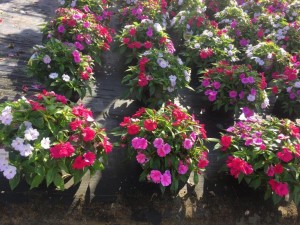
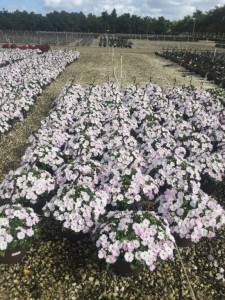

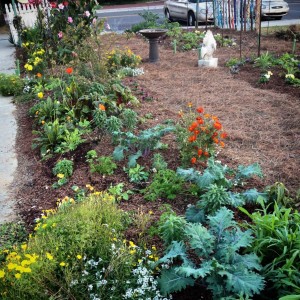
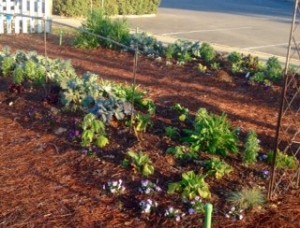



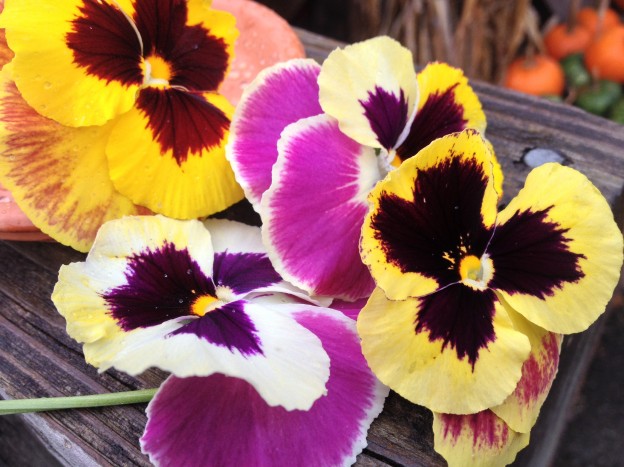
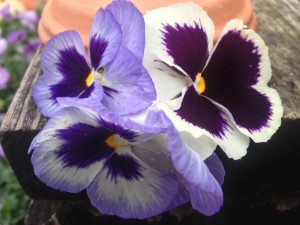
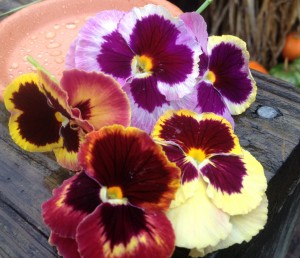
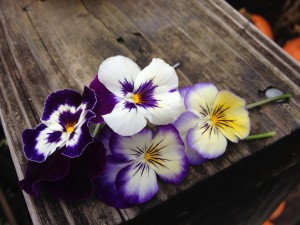
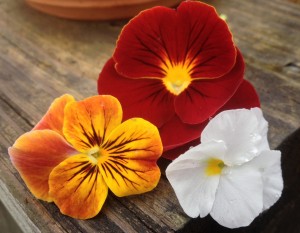
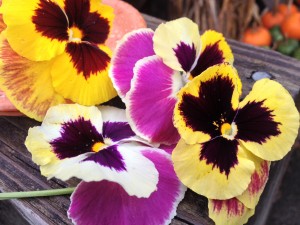
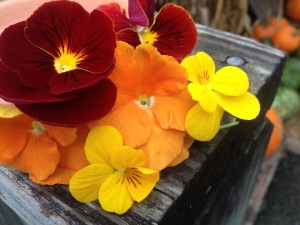

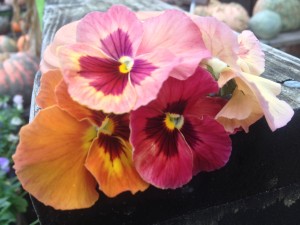
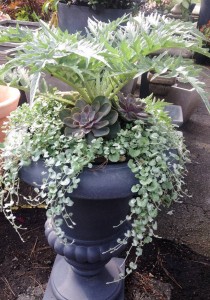
 The next uses a red fountain grass for height in a tall planter with the addition of white Profusion zinnias and white euphorbia as fillers. Spilling out are blue daze and potato vine. This planting will bloom continuously with regular water and periodic deadheading or clipping back of the zinnias. Late in the summer the grass will begin to bloom for an end of the season finale.
The next uses a red fountain grass for height in a tall planter with the addition of white Profusion zinnias and white euphorbia as fillers. Spilling out are blue daze and potato vine. This planting will bloom continuously with regular water and periodic deadheading or clipping back of the zinnias. Late in the summer the grass will begin to bloom for an end of the season finale.
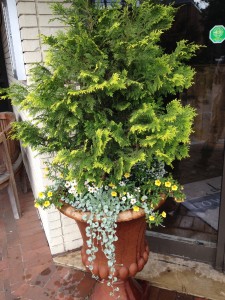 Many of you have pots that have shrubs in them that live year round, and just need some color added each season. In this example, the Chamaecyparis adds yellow foliage and is complimented through the summer with yellow million bells, white narrow leaf zinnias, silver dichondra and some euphorbia. The million bells and zinnias will be cut back when they get too leggy (There’s no need to deadhead each individual bloom on these.) and it will be watered daily, since the Chamaecyparis has been in this planter for a few years and it’s roots are filling the planter quite extensively.
Many of you have pots that have shrubs in them that live year round, and just need some color added each season. In this example, the Chamaecyparis adds yellow foliage and is complimented through the summer with yellow million bells, white narrow leaf zinnias, silver dichondra and some euphorbia. The million bells and zinnias will be cut back when they get too leggy (There’s no need to deadhead each individual bloom on these.) and it will be watered daily, since the Chamaecyparis has been in this planter for a few years and it’s roots are filling the planter quite extensively. The final planting uses a dramatic, and very large Alocasia – this speaks for itself, though it has supporting players as well, including dracaena, epescia, nepenthes, and alternanthera. It’s quite a combo.
The final planting uses a dramatic, and very large Alocasia – this speaks for itself, though it has supporting players as well, including dracaena, epescia, nepenthes, and alternanthera. It’s quite a combo.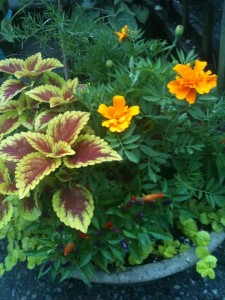 I’m not quite sure I’ve been living in the Southeast this summer…plentiful rain and decent temperatures – (Though it looks like the heat is finally returning.) this has been Alabama in August?!
I’m not quite sure I’ve been living in the Southeast this summer…plentiful rain and decent temperatures – (Though it looks like the heat is finally returning.) this has been Alabama in August?!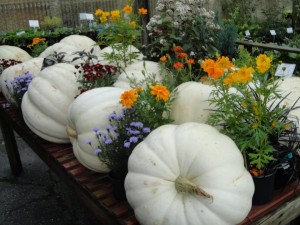
 But, if your garden and beds are struggling…think about where you’d like to see marigolds, ornamental peppers, late season salvias, and, further down the road, lettuce, asters and cool season herbs – we’ll have transplants of parsley, thyme (Look for the lemon variegated thyme which looks beautiful with green or red lettuce and marigolds.) dill and cilantro too.
But, if your garden and beds are struggling…think about where you’d like to see marigolds, ornamental peppers, late season salvias, and, further down the road, lettuce, asters and cool season herbs – we’ll have transplants of parsley, thyme (Look for the lemon variegated thyme which looks beautiful with green or red lettuce and marigolds.) dill and cilantro too.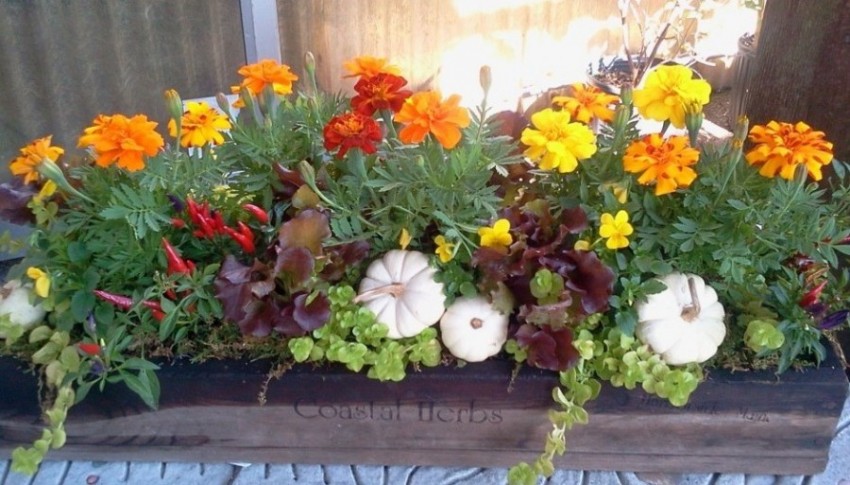

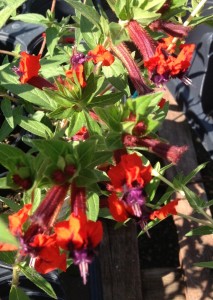
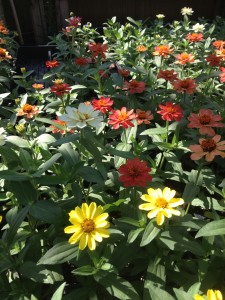
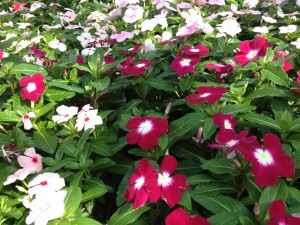
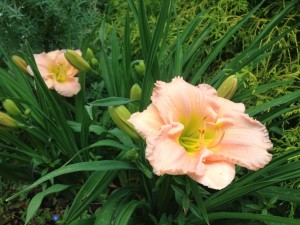 This ‘Siloam Double Classic’ daylily’s first bloom in my garden marks the beginning of summer for me. Blooming right around Memorial Day, it is also a reliable rebloomer and the last to bloom at the end of summer – August 22nd last year, to be exact!
This ‘Siloam Double Classic’ daylily’s first bloom in my garden marks the beginning of summer for me. Blooming right around Memorial Day, it is also a reliable rebloomer and the last to bloom at the end of summer – August 22nd last year, to be exact!
 Once the bloom period ends, cut the old bloomscapes completely to the ground, tidying the plant. If the leaves begin to look tattered at all, don’t hesitate to take the entire plant and cut all the foliage back by half. Your daylilies will reward you with fresh foliage the rest of the season, and, if they’re rebloomers, you’ll have another round of flowers!
Once the bloom period ends, cut the old bloomscapes completely to the ground, tidying the plant. If the leaves begin to look tattered at all, don’t hesitate to take the entire plant and cut all the foliage back by half. Your daylilies will reward you with fresh foliage the rest of the season, and, if they’re rebloomers, you’ll have another round of flowers!

